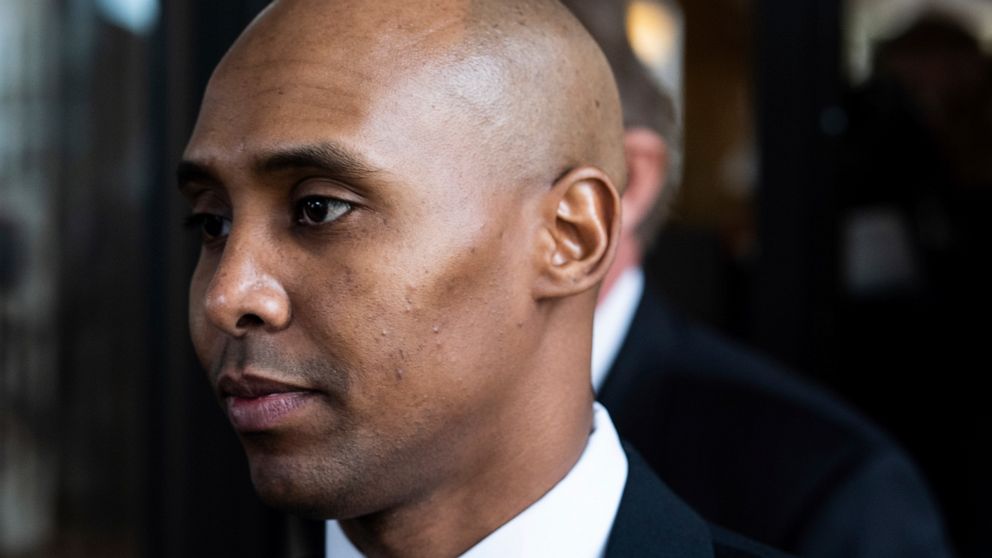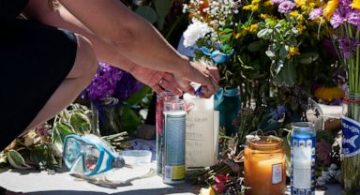
Attorneys for a former Minneapolis police officer accused of fatally shooting an unarmed woman joined the media’s challenge Friday to a judge’s restrictions on what video evidence may be seen by the public during the trial.
Hennepin County District Judge Kathryn Quaintance heard a request from a media coalition led by the Minneapolis Star Tribune and including The Associated Press to allow the public and media to view graphic evidence presented to the jury at the trial of Mohamed Noor. He is charged with murder and manslaughter in the 2017 death of Justine Ruszczyk Damond, a dual Australian-U.S. citizen who was shot when she approached his squad car after reporting a possible sexual assault near her home.
The judge ruled last week that body camera footage recorded after the shooting will be shown only to the jury, attorneys and herself.
“I am trying to protect the pictures of this woman naked and her gasping for breath in the last moments of her life,” Quaintance said at the hearing.Damond was in her pajamas at the time of the shooting, and her top was removed as efforts were made to rescuscitate her.
Media attorney Leita Walker argued it’s important for the public to see how jurors react “in real time” to seeing the evidence.
“What the jury sees, the public should see,” Walker said.
The judge took the motion under advisement and promised a quick ruling.
Earlier Friday, jury selection continued with Noor’s attorneys quizzing potential jurors about decision-making in high-stress situations and about bias. Noor is Somali American. Damond was white.
Attorney Thomas Plunkett sought to ask prospective jurors whether they had heard of police officers being ambushed. After prosecutors objected, Plunkett shifted to questions about the safety of police officers and handling stressful situations.
Plunkett also asked how the potential jurors felt upon seeing Noor, who’s also Muslim. Some responded that they initially thought the suit-wearing Noor was on the defense team.
Prospective jurors also were asked if they could handle seeing graphic evidence including autopsy photos. A woman in the jury pool who said she watches a police reality TV show choked up and dabbed her eyes with a tissue.
“It’s just very tragic,” she said. “This is real.”
Two more potential jurors — a young woman who worried about losing a semester of credit at the University of Minnesota where she is a student and a young musician who depends on gigs for her livelihood — were excused Friday from hearing the trial, which could go three to four weeks. Jury selection continues Monday.





